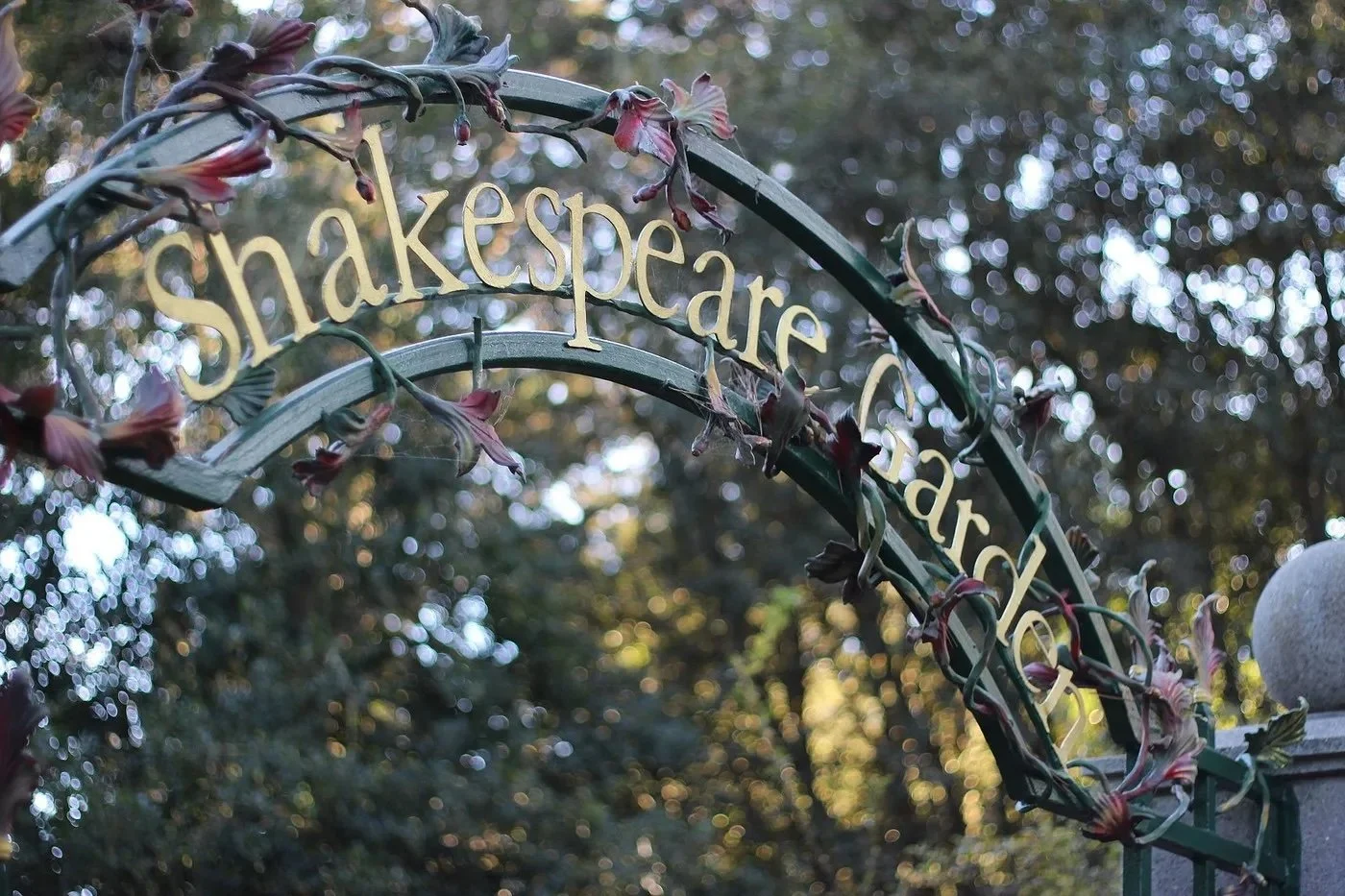How to Create a Literary Garden: Bringing Books to Life With Your Family
There’s something magical about getting lost in a good book, especially when you wish you could step right into the world the author has created. As a lifelong fan of Jane Austen and Shakespeare, I’ve always been drawn to the lush gardens and evocative landscapes described in their works. When I lived in the Pacific Northwest, I noticed many plants in local nurseries were the same ones I’d read about in those classic novels and plays. That’s when the idea struck: why not create a literary garden, a space inspired by the plants and flowers found in my favorite stories?
A literary garden is an excellent way to immerse yourself and your family in literature, making the experience of reading even more vivid and memorable. It doesn’t matter if you have a sprawling backyard or just a small terrace; even in my own urban garden, which is really just a walkway and a small patio, I’ve managed to carve out little nooks that evoke the worlds of Austen and Shakespeare.
One of the joys of this project is that it’s as much about learning as it is about gardening. I’ve created plant tags to identify the species and note where they appear in the literature. For example, my columbine tag features a quote from Shakespeare’s “Love’s Labour’s Lost,” along with the act and scene. These tags serve as both a learning tool and a delightful way to connect with the stories I love. If you’re doing this with your family, making the tags can be a fun and educational activity for the kids. They can write out the names, draw the plants, and learn to recognize different species as they go.
Researching which plants appear in Austen’s novels or Shakespeare’s plays is a fascinating adventure. Many of the plants in my garden were grown from seed or started as tiny plants that I nurtured indoors under grow lights. Creating a literary garden doesn’t have to be expensive; with a bit of time and creativity, you can transform even the smallest space into a lush retreat. In my patio garden, I’ve tried to capture the spirit of British gardens, with cozy nooks and little surprises tucked around corners—just like the gardens in “Mansfield Park” or “Pride and Prejudice,” where characters wander and discover hidden alcoves.
While most of my plants have literary roots, I’ve added a few personal touches, like a papyrus plant that reminds me of my time doing archaeology in Egypt. Your literary garden can be inspired by any book or author you love. Imagine a Beatrix Potter garden with hidden bunnies, or an “Alice in Wonderland” garden overflowing with white and red roses. The possibilities are endless, limited only by your imagination and the stories that inspire you.
The process is simple and rewarding. Read your favorite books as a family and make notes of the plants that appear in the stories. Then, design your garden around those plants, creating tags to identify each one. If you don’t have a laminator for the tags, get creative with waterproofing—use sheet protectors, baggies, or whatever you have on hand. Pots and containers can be found inexpensively or secondhand, so breaking the bank is unnecessary.
The result is a space where literature comes to life—a garden where you can sit and read, surrounded by the living, growing reminders of your favorite stories. It’s a beautiful way to connect with books, nature, and each other, creating memories that will last long after the last page is turned.




